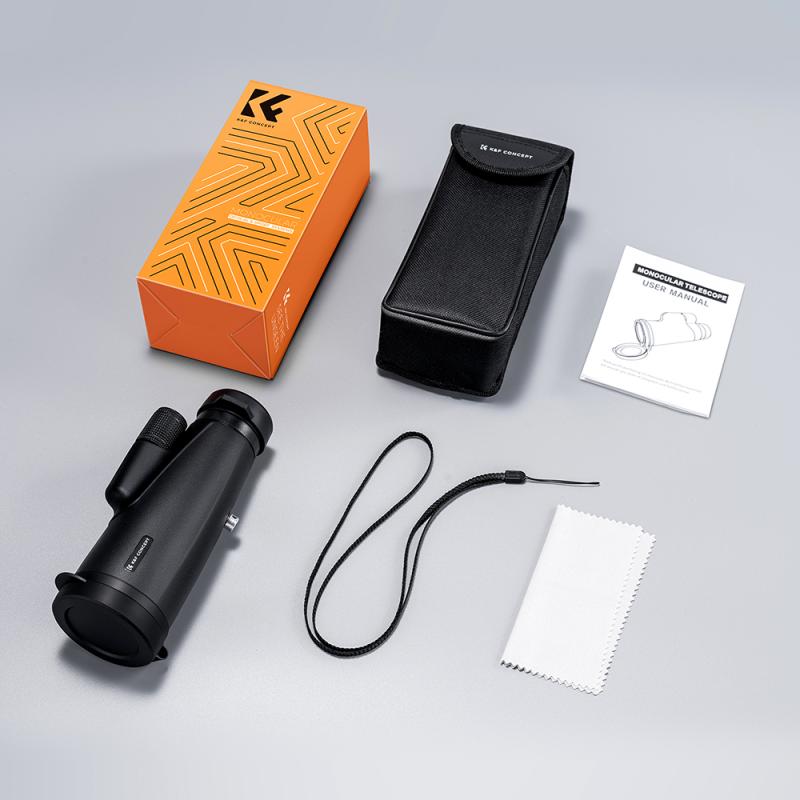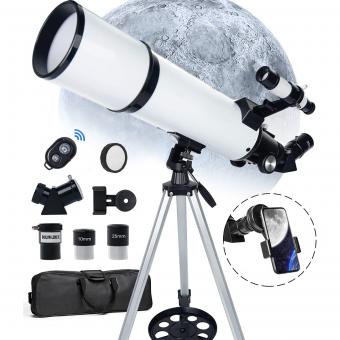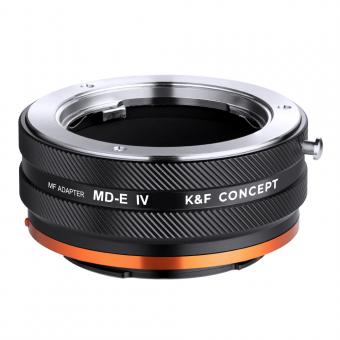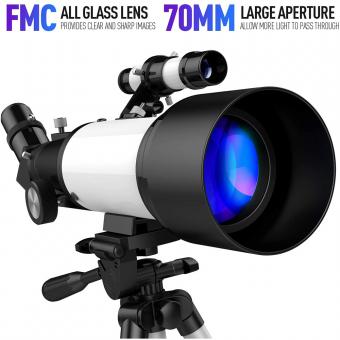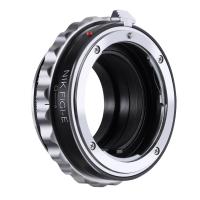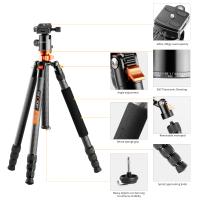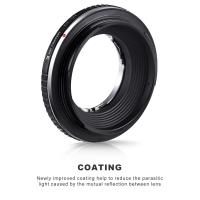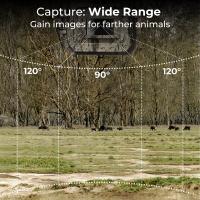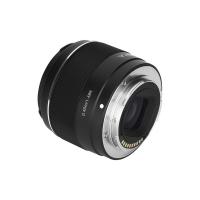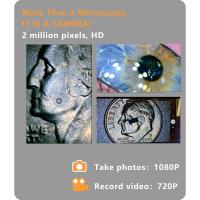What To See Through A Telescope ?
Through a telescope, you can see a variety of celestial objects such as planets, stars, galaxies, nebulae, and comets. The planets in our solar system, including Jupiter, Saturn, Mars, and Venus, are some of the most popular targets for amateur astronomers. You can observe their features such as their moons, rings, and atmospheric conditions. Stars can also be observed, and depending on the telescope's magnification, you may be able to see individual stars in a cluster or the colors of stars. Galaxies and nebulae are also popular targets, and you can observe their shapes and colors. Comets can also be observed, and you may be able to see their tails and movement over time. Overall, a telescope can provide a fascinating view of the universe and its wonders.
1、 Planets
What to see through a telescope? Planets! The planets in our solar system are some of the most fascinating objects to observe through a telescope. From the bright and beautiful Venus to the distant and mysterious Neptune, each planet offers a unique view and a chance to learn more about our place in the universe.
The most popular planet to observe through a telescope is undoubtedly Jupiter. With its massive size and distinctive cloud bands, Jupiter is a favorite among amateur astronomers. Observers can also see its four largest moons, known as the Galilean moons, which were first discovered by Galileo Galilei in 1610.
Saturn is another popular planet to observe, with its iconic rings that are visible even in small telescopes. Uranus and Neptune, while not as visually striking as Jupiter and Saturn, offer a chance to see some of the outer reaches of our solar system.
In recent years, there has been a renewed interest in observing Mars, as several missions have been sent to the planet to study its geology and search for signs of past or present life. Observers can see the planet's distinctive reddish color and sometimes even its polar ice caps.
Overall, observing planets through a telescope is a great way to connect with the cosmos and learn more about our place in the universe. With new discoveries and missions constantly being launched, there is always something new to see and learn.
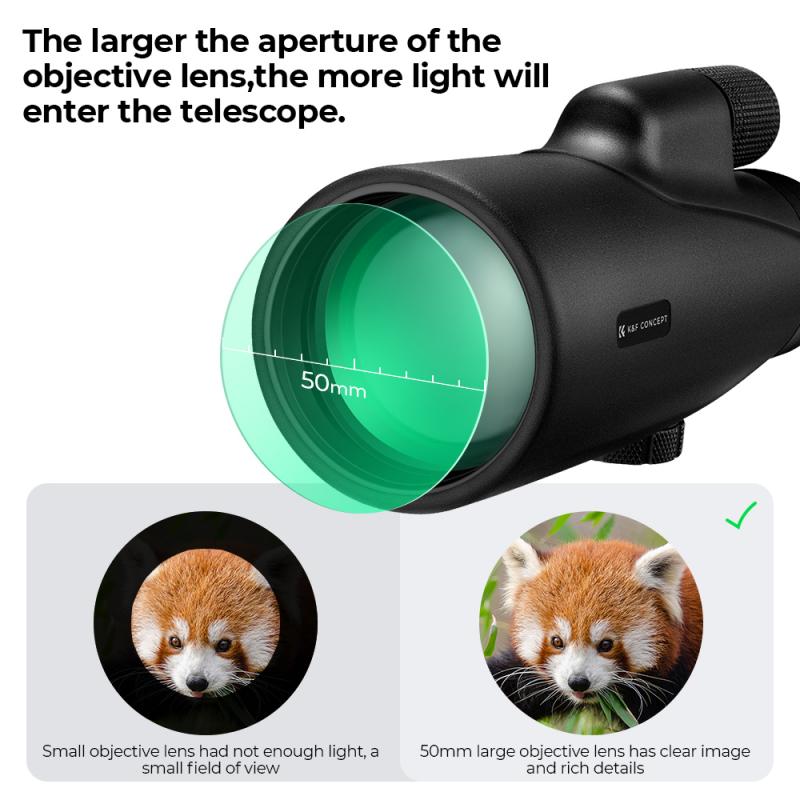
2、 Stars
What to see through a telescope? The answer is stars. Stars are one of the most fascinating objects in the night sky, and observing them through a telescope can reveal a wealth of information about their properties and behavior.
Through a telescope, one can observe the different colors and brightness of stars, which can provide clues about their temperature and size. One can also observe the patterns of stars in constellations, which have been used for centuries as a way to navigate the night sky.
In recent years, telescopes have also been used to study the behavior of stars in more detail. For example, astronomers have used telescopes to observe the pulsations of certain types of stars, which can provide information about their internal structure and composition. Telescopes have also been used to observe the orbits of stars in binary systems, which can provide insights into the dynamics of these systems.
Furthermore, telescopes have been used to study the formation and evolution of stars. By observing young stars and their surrounding protoplanetary disks, astronomers can learn about the processes that lead to the formation of planets. Telescopes have also been used to study the deaths of stars, such as supernovae, which can provide insights into the chemical evolution of the universe.
In conclusion, stars are a fascinating object to observe through a telescope, and they continue to provide new insights into the workings of the universe.
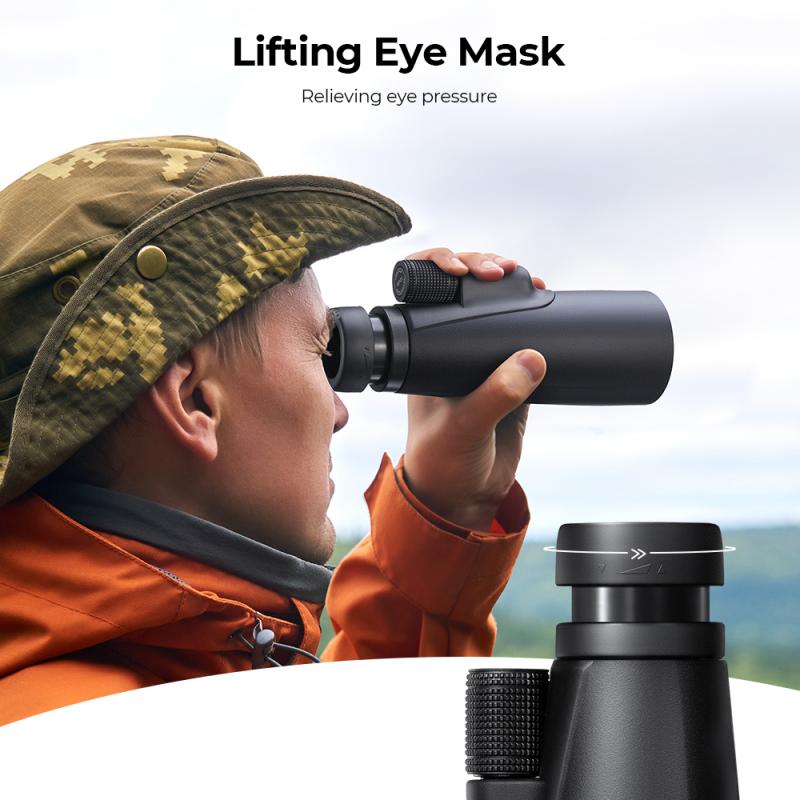
3、 Galaxies
One of the most fascinating objects to observe through a telescope is galaxies. Galaxies are vast collections of stars, gas, and dust that are held together by gravity. They come in a variety of shapes and sizes, from spiral galaxies like our own Milky Way to irregular galaxies with no distinct shape.
Through a telescope, you can see the bright central regions of galaxies, known as the nucleus, as well as the spiral arms and other features. You can also observe the different colors of stars within the galaxy, which can give clues about their age and composition.
In recent years, astronomers have made significant discoveries about galaxies through the use of telescopes. For example, they have found evidence of supermassive black holes at the centers of many galaxies, which can have a profound impact on the galaxy's evolution. They have also discovered that galaxies are not static objects, but are constantly evolving and interacting with each other.
One of the most exciting recent discoveries in the study of galaxies is the detection of gravitational waves. These ripples in space-time were first predicted by Albert Einstein's theory of general relativity, and were finally detected in 2015 by the Laser Interferometer Gravitational-Wave Observatory (LIGO). This discovery has opened up a whole new field of astronomy, allowing scientists to study the universe in a completely new way.
In conclusion, observing galaxies through a telescope is a fascinating and rewarding experience. With new discoveries being made all the time, there is always something new to learn about these vast and complex objects.

4、 Nebulae
What to see through a telescope? One of the most fascinating objects to observe through a telescope is nebulae. Nebulae are clouds of gas and dust in space, and they come in a variety of shapes and sizes. Some of the most famous nebulae include the Orion Nebula, the Crab Nebula, and the Helix Nebula.
Observing nebulae through a telescope can reveal intricate details and colors that are not visible to the naked eye. The Orion Nebula, for example, is a bright and colorful cloud of gas and dust that is home to many young stars. Through a telescope, you can see the intricate details of the nebula's structure, including its bright central region and the dark lanes of dust that crisscross its surface.
The Crab Nebula, on the other hand, is the remnant of a supernova explosion that occurred in the year 1054. Through a telescope, you can see the nebula's intricate filaments and the pulsar at its center, which is the rapidly spinning remnant of the star that exploded.
Recent advancements in telescope technology have allowed astronomers to study nebulae in even greater detail. For example, the Hubble Space Telescope has captured stunning images of nebulae that reveal their intricate structures and colors in unprecedented detail.
In conclusion, observing nebulae through a telescope is a fascinating and rewarding experience. Whether you are a seasoned astronomer or a beginner, there is always something new and exciting to discover in these beautiful clouds of gas and dust.
